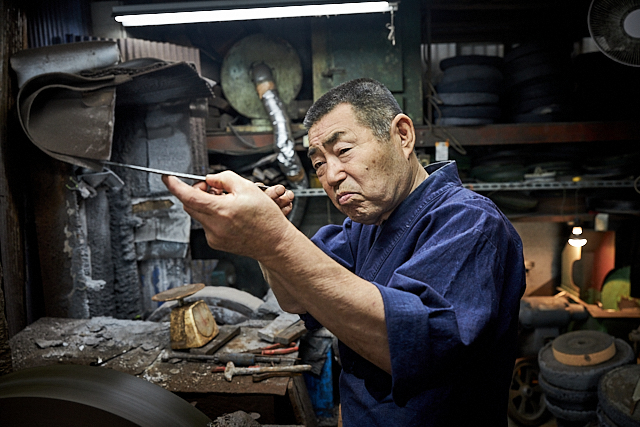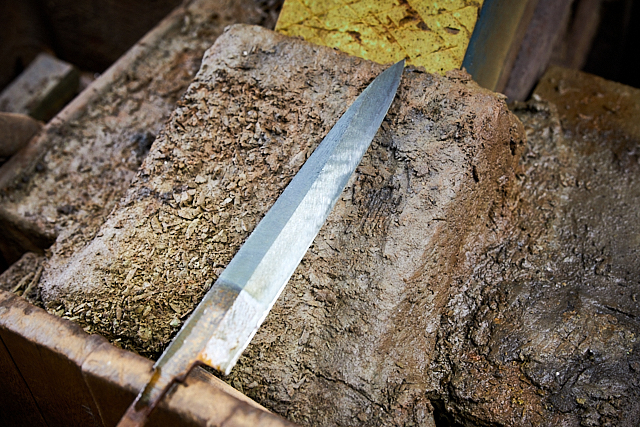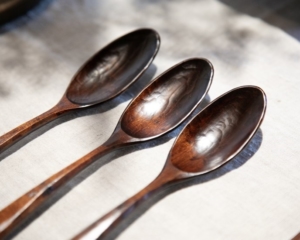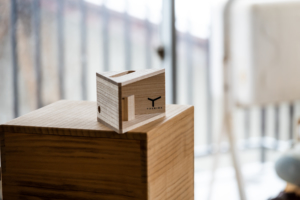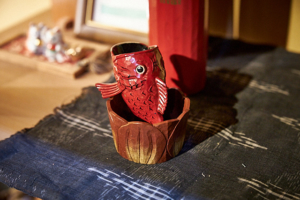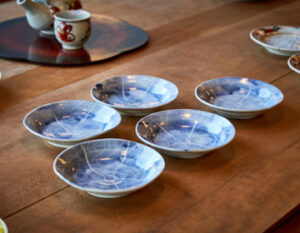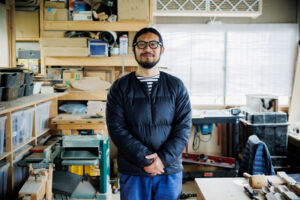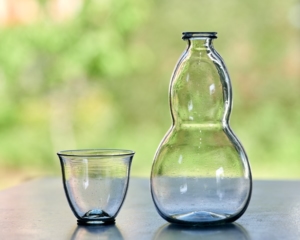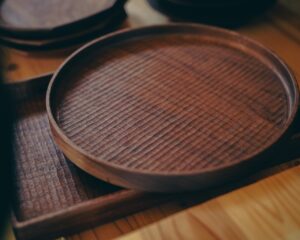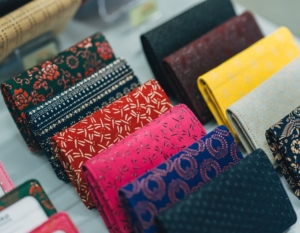Preserving the tradition of Sakai Uchihamono
A technology once recognized by Oda Nobunaga and the Tokugawa Shogunate
Sakai City, Osaka Prefecture, is known for its Sakai Uchihamono (Sakai perforated cutlery). The history of cutlery making dates back to the 5th century, when blacksmithing techniques developed from the production of tools for building ancient burial mounds. It became a major industry in the 16th century. When guns and tobacco were brought to Japan from Portugal, the manufacture of guns and tobacco knives for chopping tobacco leaves became popular in Sakai, making use of the knife smithing technique. The high technology was recognized by Nobunaga Oda and Tokugawa Shogunate, and spread throughout the country. In the Genroku era (1688-1704), the single-edged type, which is the characteristic of Sakai kitchen knives, was born, and now it has spread to the public as many cooks use it. They are also designated as “traditional crafts” by the Minister of Economy, Trade and Industry.
Morimoto Cutlery, which preserves the tradition of Sakai percussion cutlery, is a traditional craftsman’s house that combines work and residence in a back alley. In Sakai City, houses of similar construction can still be seen today. The workshop is so small that it is difficult for people to pass each other. Machines lined up in cramped spaces show their age. However, the Sakai Uchihamono cutlery born here is highly trusted by chefs in Japan and abroad.
Koichi Morimoto, the company president, was born in Sakai in 1941. In 2008, he was selected as a “Contemporary Master Craftsman,” an award given by the Minister of Health, Labor, and Welfare under the Outstanding Technical Skill Award System, and in 2016 he was awarded the Medal with Yellow Ribbon. He is one of Sakai’s leading cutlery craftsmen. The cutlery industry in Sakai is characterized by the long-established division of labor. The “forging,” or the production of the “base” of a Japanese kitchen knife, is divided into two separate processes: “ji,” or forging, which produces the “base” of the knife, and “edging,” or polishing, which sharpens the “base” produced by the forging craftsman to create a beautifully sharp kitchen knife, Each technique can be mastered. The single-edged blade is suitable for Japanese cuisine, such as fish and vegetable dishes, because the knife runs away in the direction without the blade when cutting materials.
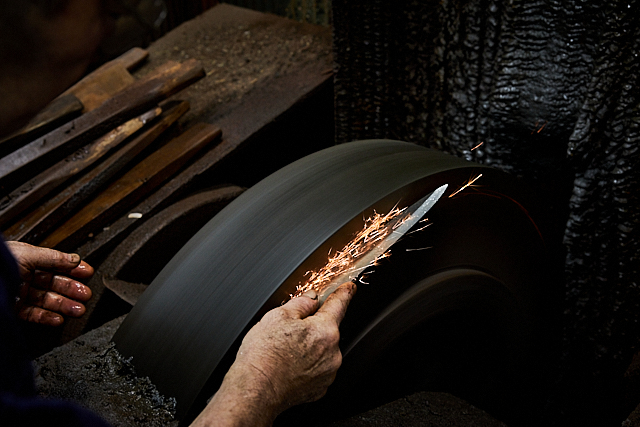
Cutlery supporting Japanese cuisine
I just took over my parents’ business and did what I was taught to do to support my family. I am very happy that professionals use my products, but I also feel a strong sense of responsibility not to betray their expectations and trust,” said Koichi Morimoto.
Although Mr. Morimoto has been selected as a “Contemporary Master Craftsman,” he says, “Blades are not works of art. I just have to keep working steadily,” he says of his own work.
The knives born from this small workshop support Japanese cuisine,” says Nakata.
Nakata also took on the challenge of sharpening. It is not an easy task to sharpen a knife by placing the blade on a grinding stone spinning at high speed. Not only are there sparks from the fire, friction noises, and dust flying around, but it also requires a great deal of force to hold the blade against the whetstone. It takes a long time of practice before one is able to recognize the optimum level of sharpening with the senses of the eyes, ears, and hands. Following Morimoto’s example, his sons are now following in his footsteps, and I hope that the techniques that have been passed down for over 1,500 years will be preserved for future generations.
